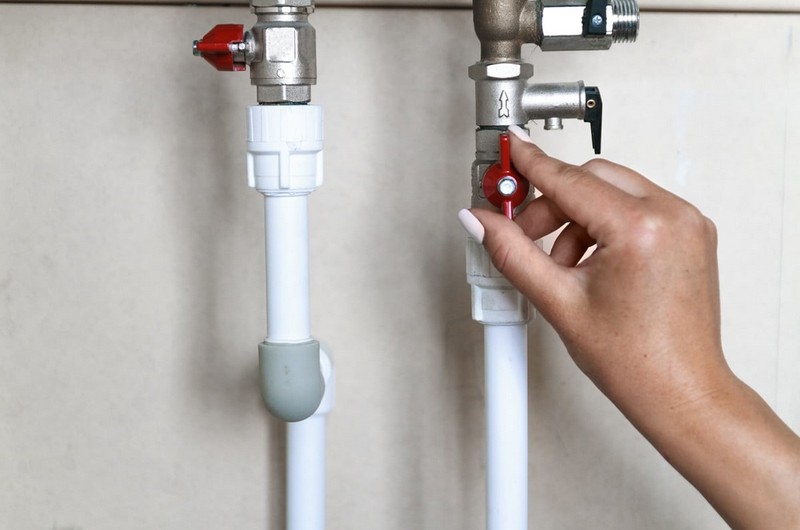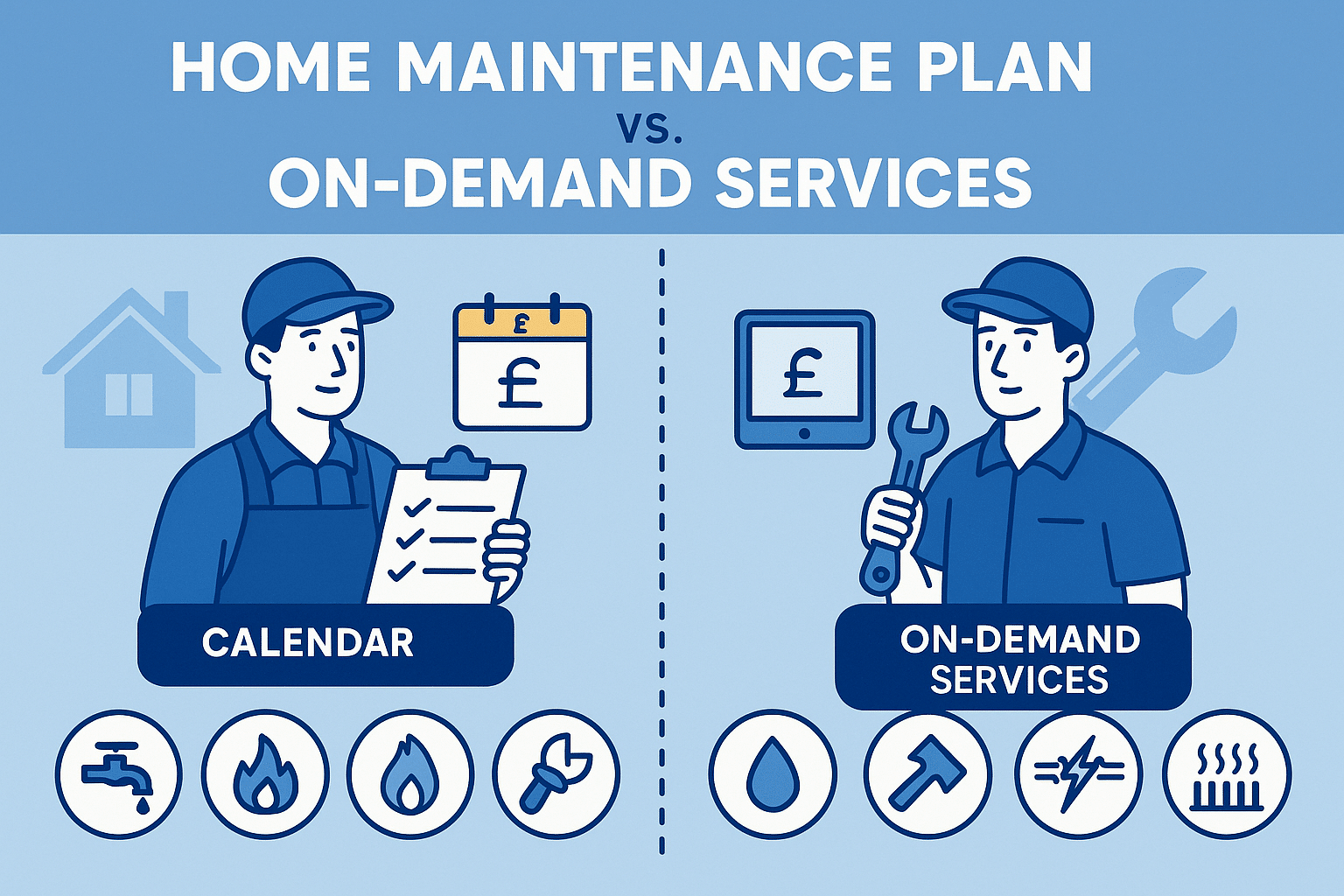 What is LPG?
What is LPG?

Liquefied petroleum gas (LPG) is a colourless odourless liquid which readily evaporates into a gas. Normally an odorant has been added to it to help detect leaks.
LPG (either Butane or Propane), is generally stored and distributed as a liquid and it is widely used for process and space heating, cooking and automotive propulsion. . It is classified as highly flammable and if it contains more than 0.1%Butadiene, it is also classified as a carcinogen and mutagen.
LPG is non-corrosive but can dissolve lubricants, certain plastics or synthetic rubbers
What are the dangers of LPG?
LPG may leak as a gas or a liquid. If the liquid leaks it will quickly evaporate and form a relatively large cloud of gas which will drop to the ground, as it is heavier than air. LPG vapours can run for long distances along the ground and can collect in drains or basements. When the gas meets a source of ignition it can burn or explode.
Cylinders can explode if involved in a fire.
LPG can cause cold burns to the skin and it can act as an asphyxiant at high concentrations.
What are the Regulations?
The regulations are framework in character. They lay down general requirements but rely for detailed guidance upon codes of practice which may be approved from time to time by the Health and Safety Authority. These regulations apply in addition to any other requirements under relevant statutory provisions.
What do the Regulations cover?
The regulations cover storage, loading and unloading, use of LPG and related activities, carried on in the course of any trade or business, involving more than 70kg or a total volumetric storage capacity above 160 litres. The regulations do not apply to fuel tanks of vehicles.

What other Regulations apply to the storage of LPG?
- The Safety, Health and Welfare at Work (General Application) Regulations
- The European Communities (Control of Major Accident Hazards involving Dangerous Substances) Regulations, 2006, apply to the storage of LPG at inventories of 50 tonnes or greater
Who must comply?
Obligations are placed upon occupiers, suppliers of LPG, persons present at installations, designers of plant and persons installing plant.
What are the general requirements?
- LPG must be stored in adequate location wherein vessels or cylinders are suitably positioned having regard to the relevant codes of practice
- LPG plant must be designed to appropriate standards and be properly installed and commissioned by competent persons
- Plant must be fitted with adequate safety and monitoring control devices and operated by competent persons
- Occupiers must notify the gas supplier of any structural or other changes which might affect the gas installation
- There must be a suitable programme of maintenance and testing by competent persons
- Plant must be identifiable and accessible for maintenance
- Records of maintenance and tests must be kept
- Precautions must be taken to prevent fire and explosion including appropriate protection of storage vessels
- Installations must have appropriate security measures to prevent deliberate interference
- Incidents involving death or hospitalisation, fire or explosion or a significant release of LPG must be reported to the Authority and records of such incidents must be kept
What approved Codes of Practice apply to the Safe Storage of LPG?
- I.S. 3213: Code of Practice for the Storage of LPG Cylinders and Cartridges
- I.S. 3216 Part 1: Code of Practice for the Bulk Storage of Liquefied Petroleum Gas: (this also covers filling of forklift cylinders)
- I.S. 3216 Part 2: Code of Practice for the Bulk Storage of Liquefied Petroleum Gas: Specific requirements for Liquefied Petroleum Gas refuelling facilities where a dispenser is used.


